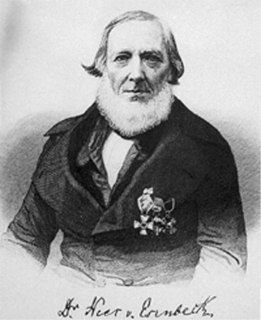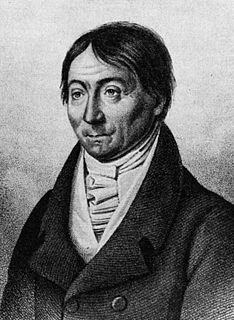Carl (or Karl) Heinrich Schultz (8 July 1798 in Altruppin – 22 March 1871), known as Carl Heinrich 'Schultzenstein' Schultz, was a German physician and botanist. The appellation "Schultzenstein" is a reference to his birthplace; this was necessary to distinguish him from his contemporary Carl Heinrich 'Bipontinus' Schultz, also a German botanist.

Neuruppin is a town in Brandenburg, Germany, the administrative seat of Ostprignitz-Ruppin district. It is the birthplace of the novelist Theodor Fontane (1819–1898) and therefore also referred to as Fontanestadt. A garrison town since 1688 and largely rebuilt in a Neoclassical style after a devastating fire in 1787, Neuruppin has the reputation of being "the most Prussian of all Prussian towns".

Carl Heinrich Schultz was a German physician and botanist, and a brother to botanist Friedrich Wilhelm Schultz (1804–1876).
From 1817 he studied medicine at Friedrich Wilhelms-Institut in Berlin, having designs on a career as a military physician. In 1825 he became an associate professor of medicine. He later traveled to Paris, where he advanced his theories involving the circulation of sap in plants. In 1833 he obtained the title of full professor. [1]
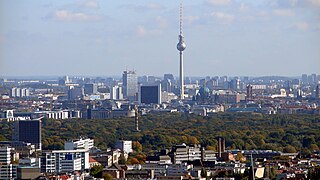
Berlin is the capital and largest city of Germany by both area and population. Its 3,748,148 (2018) inhabitants make it the second most populous city proper of the European Union after London. The city is one of Germany's 16 federal states. It is surrounded by the state of Brandenburg, and contiguous with its capital, Potsdam. The two cities are at the center of the Berlin-Brandenburg capital region, which is, with about six million inhabitants and an area of more than 30,000 km², Germany's third-largest metropolitan region after the Rhine-Ruhr and Rhine-Main regions.

Paris is the capital and most populous city of France, with an area of 105 square kilometres and an official estimated population of 2,140,526 residents as of 1 January 2019. Since the 17th century, Paris has been one of Europe's major centres of finance, commerce, fashion, science, and the arts.
He was a proponent of Goethe's mystical "nature-philosophy" view of the natural world. In his investigations of the vascular system in plants, he promoted ideas on its function being analogous to the circulatory system of animals. [2]

Johann Wolfgang (von) Goethe was a German writer and statesman. His works include four novels; epic and lyric poetry; prose and verse dramas; memoirs; an autobiography; literary and aesthetic criticism; and treatises on botany, anatomy, and colour. In addition, there are numerous literary and scientific fragments, more than 10,000 letters, and nearly 3,000 drawings by him extant.
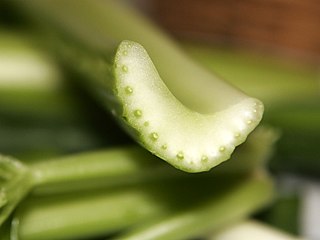
Vascular tissue is a complex conducting tissue, formed of more than one cell type, found in vascular plants. The primary components of vascular tissue are the xylem and phloem. These two tissues transport fluid and nutrients internally. There are also two meristems associated with vascular tissue: the vascular cambium and the cork cambium. All the vascular tissues within a particular plant together constitute the vascular tissue system of that plant.
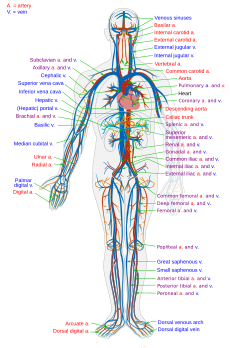
The circulatory system, also called the cardiovascular system or the vascular system, is an organ system that permits blood to circulate and transport nutrients, oxygen, carbon dioxide, hormones, and blood cells to and from the cells in the body to provide nourishment and help in fighting diseases, stabilize temperature and pH, and maintain homeostasis.





